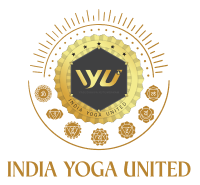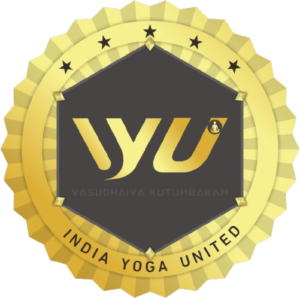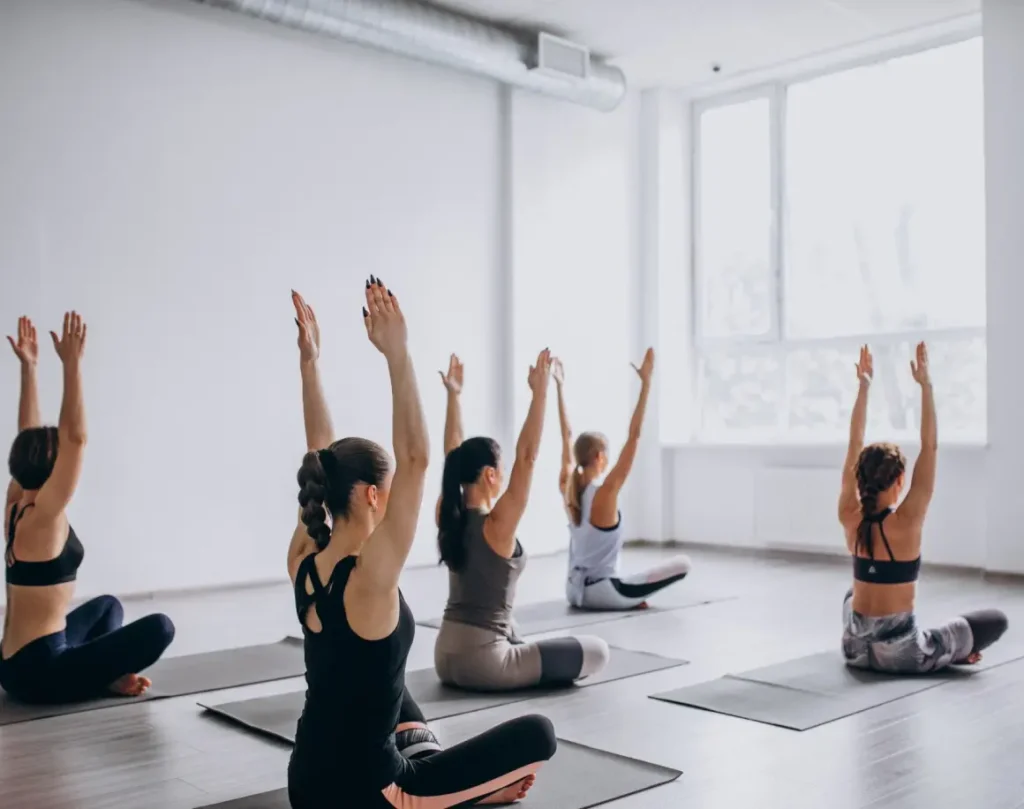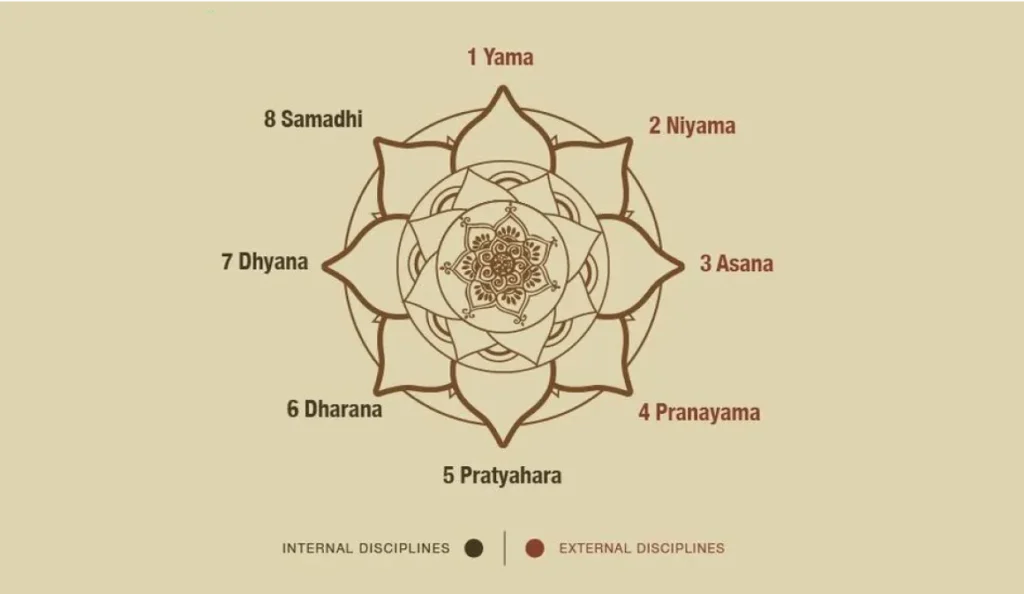When most people hear the word “yoga,” they often envision a series of physical postures—striking poses that emphasize flexibility, strength, and balance. While asanas (the physical postures) are indeed an essential part of yoga, the practice is far more expansive than what meets the eye. In this blog post, we will delve into the multifaceted dimensions of yoga that extend beyond the mat, exploring its philosophical roots, mental and emotional benefits, and how it can enhance our daily lives.
The Philosophical Foundations
At its core, yoga is a holistic system that encompasses not just physical postures but also ethical principles, meditation, and self-awareness. The origins of yoga can be traced back thousands of years to ancient Indian texts, such as the Vedas and Upanishads, which discuss the nature of existence and the interconnectedness of all living beings.
One of the most influential texts in the yoga tradition is the Yoga Sutras of Patanjali, which outlines the eight limbs of yoga (Ashtanga). These limbs provide a comprehensive framework for personal development and spiritual growth:
1. Yama (ethical standards)
2. Niyama (self-discipline)
3. Asana (physical postures)
4. Pranayama (breath control)
5. Pratyahara (withdrawal of senses)
6. Dharana (concentration)
7. Dhyana (meditation)
8. Samadhi (absorption or enlightenment)
Understanding these limbs invites practitioners to explore the deeper aspects of yoga, emphasizing the importance of living in harmony with oneself and with others.
The Mental and Emotional Benefits of Yoga
While physical postures are crucial for maintaining a healthy body, yoga’s benefits extend far beyond the physical realm. Engaging in a regular yoga practice can help cultivate emotional resilience and mental clarity. Here are some ways yoga can enhance your mental and emotional well-being:
Stress Reduction
The practice of yoga encourages relaxation and mindfulness, which can significantly reduce stress levels. Techniques such as controlled breathing (pranayama) and meditation help to activate the body’s relaxation response, lowering heart rates and reducing cortisol levels.
Improved Focus and Concentration
Through practices like dharana and dhyana, yoga enhances the ability to focus and concentrate. These skills can translate into improved performance in daily tasks, work, and academic pursuits.
Emotional Regulation
Yoga promotes self-awareness, allowing individuals to develop a deeper understanding of their thoughts, emotions, and behaviors. This heightened awareness can lead to better emotional regulation, reducing anxiety and promoting a more balanced emotional state.
Integrating Yoga into Daily Life
To truly experience the transformative power of yoga, it’s essential to integrate its principles into our daily lives. Here are some practical ways to do this:
Mindful Breathing
Incorporate pranayama into your daily routine by practicing mindful breathing. Take a few moments each day to focus on your breath, inhaling deeply and exhaling slowly. This practice can ground you and help manage stress throughout the day.
Ethical Living
Embrace the yamas and niyamas by reflecting on how you can live more ethically and mindfully. This could involve practicing non-violence (ahimsa), being truthful (satya), or cultivating contentment (santosha) in your daily interactions.
Meditation Practice
Set aside time each day for meditation. This doesn’t have to be a lengthy session; even five to ten minutes can be beneficial. Use this time to sit in silence, focus on your breath, or engage in guided meditation to cultivate inner peace.
Movement Beyond the Mat
Incorporate yoga principles into other physical activities. Whether it’s walking, dancing, or engaging in sports, maintain an awareness of your body, breath, and the sensations you experience. This mindfulness can enhance your connection to movement and physicality.
Conclusion
Yoga is a profound practice that transcends physical postures. By exploring its philosophical roots, mental and emotional benefits, and practical applications in daily life, we can unlock the true potential of yoga. Embrace the journey of self-discovery and holistic well-being, and remember that yoga is not just something you do; it’s a way of being. Whether you’re a seasoned practitioner or just starting, there’s always more to explore in the rich tapestry of yoga. So step off the mat and into a world of inner peace, connection and enlightenment.







